Deck aircraft in World War II: new aircraft. Part V
American torpedo bombers
The combat debut of the new American carrier-based torpedo carrier Grumman TBF-1 Avenger (Avenger) took place in June 1942 during the battle of Midway Atoll. Details on this are set out in the article “Deck aircraft in World War II from Taranto to Midway. Part III »(01.06.2016).
The torpedo bomber TBF-1 Avenger is one of the planes lost during the Battle of Midway 4 June 1942 (Fig. Wp.scn.ru)
Despite the not quite successful start of a combat career (in the first combat sortie of six torpedo bombers, five were lost), the Americans launched a mass production of new aircraft.
In flight, the first production model of the torpedo carrier Grumman TBF-1 Avenger, 23 March 1942 (Photo by wikimedia.org)
Since November, 1942, the company "General Motors" joined the production of "Avenger". The torpedo bombers of this company received the letter designation TVM. Since December, 1943, General Motors has become the main and only manufacturer of the Avengers, and Grumman has focused all its efforts on the production of deck fighters, Hellcat.
One of the first "Avengers" TBF-1, wings folded, bomber compartment doors slightly opened (Photo site www.nasflmuseum.com)
The new Grumman torpedo bombers Avenger replaced the outdated Douglas torch TBD-1 Devstatore torpedo bombers in combat squadrons, which are in service with United States carrier-based aircraft from 1937 onwards.
Douglas torpedo carrier TBD-1 Devastate from CV-6 aircraft carrier Enterpair, 1938 (Photo by www.wcnews.com)
"Avenger" superior to their predecessors in flight performance and had more powerful weapons. The maximum horizontal flight speed of TBF-1, equipped with an 1700-powerful Wright engine, reached 436 km per hour, whereas for the DeVastajtora it did not exceed 332 km per hour. The flight range of the Avenger with a torpedo was 1955 km versus 700 km from TBD-1. The Avengers also had a higher ceiling in 6790 m, while the Destroyers did not exceed 5945 meters.
Preparing for the take-off of the TBD-1 "Devastate" torpedo on the deck of the CV-8 aircraft carrier "Hornet", 15 in May 1942 (Photo by wikimedia.org)
"Avenger" used as the main armament aircraft torpedo Mk.13, and since August 1944 its more reliable modification Mk.13-1А, having a stabilizing 63-mm ring, which was welded to stabilizers in the tail part of the torpedo, and ensured its discharge into a larger altitude range (up to 240 m versus 60) and speeds (up to 518 km per hour versus 185), which gave great chances of survival during a torpedo attack. Earlier, in order to stabilize the torpedo’s impact on the water during flight and depreciation, the Mk.13 torpedo was equipped with an additional rectangular plywood stabilizer and protective cover on the warhead, which collapsed and fell off when the torpedo entered the water. Suspended torpedo in a spacious bomb bay.
TBM-3E Avenger torpedo at an air show (in the bomb bay of a torpedo of the Mk.13), Greece, 2012 (Photo by www.airplane-pictures.net)
The capacious bomb bay also allowed to place conventional and depth charges weighing from 45 to 907 kg.
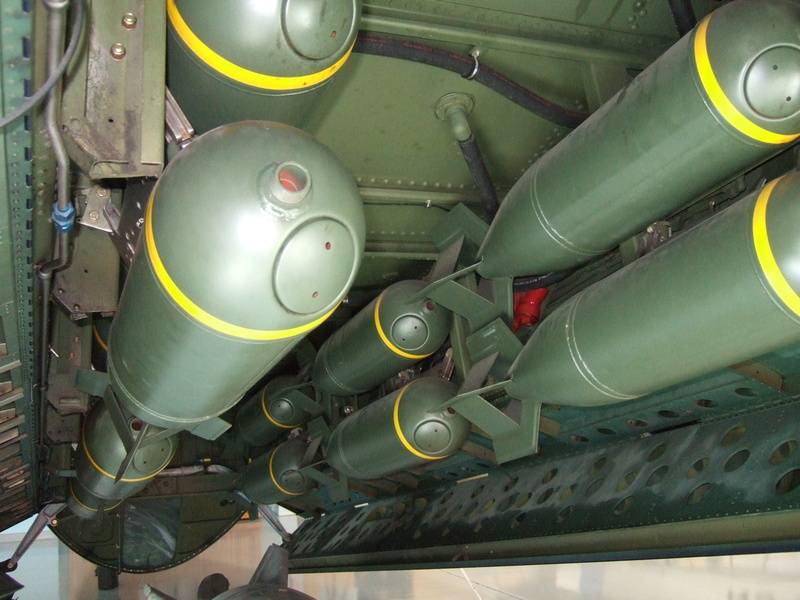
Open bomberjack "Avenger" with bomb weapons (Photo site craigmaas.net)
Bombing was carried out both in horizontal flight and diving. The best results were obtained by bombing from a dive at an angle from 30 to 45 degrees at the exit of the peak. With a consistent discharge of four aerial bombs, at least one of them hit the intended target.
TVM-3E Avenger torpedo bombers from the CV-9 Essex aircraft carrier carry out bombing targets on Hokaydo Island, Japan, July 1945. (Photo site wikimedia.org)
Created in the spirit of the “best traditions” of the Grumman company, the Avenger torpedo bomber possessed the best survivability, thanks to its durable glider construction and protection.
The torpedo bomber TBF-1 "Avenger" continues to fly, despite serious damage (Photo site photo.qip.ru)
During production at TBF-1, to detect surface targets and combat enemy submarines, the ASB centimeter range radars were installed, the antennas of which were mounted under the wing consoles, the screen and the main equipment were placed in the compartment of the radio scorer. The detection range of large surface targets such as a cruiser, in a calm sea, was about 40 km, and the felling of an emerging submarine 13 km. The minimum target detection range is 320 meters. The ASB radar has become a standard radar for subsequent modifications of the Avenger.
In flight, the Avenger group from the CV-11 Interpid aircraft carrier (under the wing of the ASB radar antenna), 1944 (Photo by website www.warbirdinformationexchange.org)
The practice of combat use of TBF-1 revealed the weakness of small arms, consisting of a single 7.62-mm machine gun mounted in the fuselage. In the squadrons even attempted to install 12.7-mm machine guns with a synchronization mechanism in the root of the wing with the simultaneous dismantling of the 7.62-mm machine gun.
The problem of increasing the firepower of exchange rate weapons was solved in July of the 1943 year with the start of production of a new modification of the TBF / TBM-1C torpedo bomber. Avenger received a reinforced wing, which allowed it to install 12.7 mm machine guns in it outside the range of rotation of the screw.
Torpedo carrier "Grumman" ("General Motors") TBM-1C "Avenger" (Fig. Wardrawings.be site)
Thanks to the new TBF / TBM-1С wing, it was possible to install the Mk.4 rail guides (four under each wing of the wing) for 127-mm unguided missiles and underwing locks for hanging depth charges and discharged fuel tanks.
Torpedo bombers TBF-1C "Avenger" from CV-17 "Bunker Hill" aircraft carrier before the attack on the island of Saipan (rail guides for missiles are installed under the wing), June 1944 (Photo by lex-for-lexington.tumblr.com)
For the increased fire power, the “Avenger” had to pay a reduction in maximum speed (increased aerodynamic resistance due to suspensions) to 414 km per hour. The heavy TBF / TBM-1С had a smaller flight range with a torpedo (1780 km versus 1955 km at TBF-1) and a smaller practical ceiling in 6485 meters.
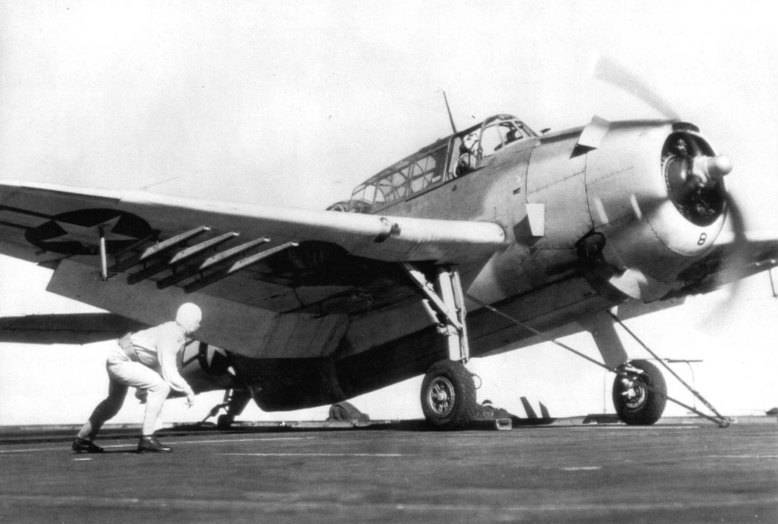
TBF-1C “Avenger” prepares for takeoff from an aircraft carrier with the help of a catapult (under the wing, a complete set of Mk.IV rail guides for 127-mm missiles) (Photo from www.airwiki.org)
To reduce aerodynamic drag in California, the new X.UMNXX Mk.5 trackless guides for rockets (the so-called “zero start”) and more powerful 127-mm HVAR missiles were developed.
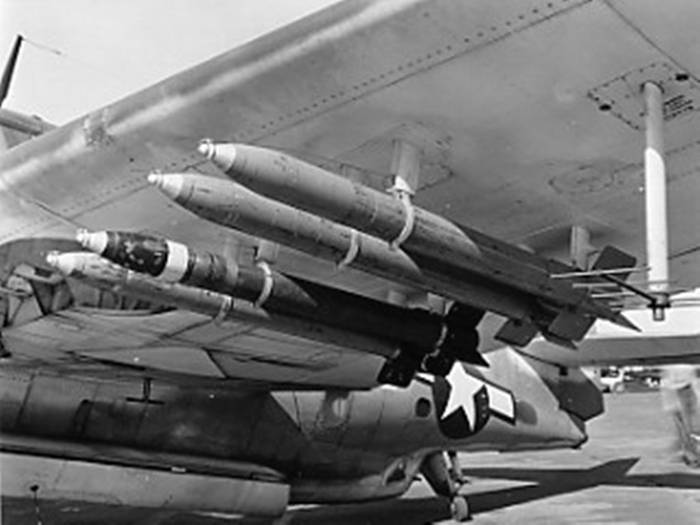
127-mm HVAR unguided rockets on the Mk.5 trackless guides under the wing of the Avenger, 1944. (Photo site www.catalystwwiifacts.com)
The “Avenger”, with a long range, equipped with radars and depth charges (and TBF-1С and unguided missiles), actively participated in anti-submarine operations on the Atlantic from the decks of escort aircraft carriers to cover the convoys. For greater efficiency, the escort carriers with the Avengers on board acted together with destroyers as part of independent search and shock anti-submarine groups. This tactic of the Hunter Killer Group made it possible to pursue enemy submarines at a considerable distance from guarded convoys. Until the end of 1944, 14 of such anti-submarine groups on the Atlantic sunk 53 German submarines and one captured. American losses amounted to one escort aircraft carrier.
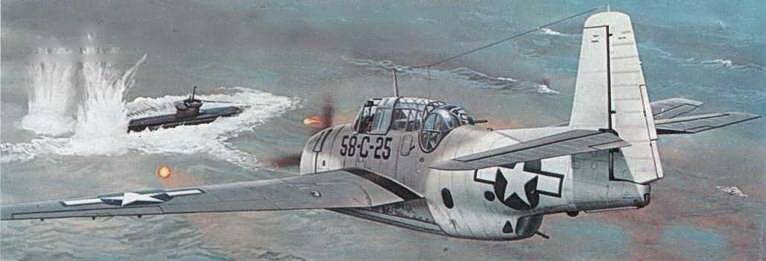
TVM-1С Avenger (58 ae) attacks a German submarine (Fig. Fanread.ru site)
To increase the ability to search for submarines on the Avenger 3-centimeter radar ASD (AN / APS-3) was installed in the fairing on the leading edge of the right wing. The new radar had better accuracy and greater detection range of airborne and surface targets (cutting a submarine to 20 km, and large ships to 148 km). New anti-submarine torpedo version received the designation TBM-1D.
TBM-1D Avenger on the deck of the light aircraft carrier CVL-22 Independence, September 1944 (Photo by www.worldwarphotos.info)
At the beginning of 1944, the torpedo bomber received a more powerful 1900-powerful Wright engine. The new modification of the Avenger TVM-3 after the installation of this engine became a bit heavier, the practical ceiling dropped to 5608 m (against 6790 m for TVM-1). The maximum speed at the same time increased to 430, and cruising to 243 km per hour.
General Motors (Grumman) torpedo bomber TBM-3 Avenger (Fig. Wardrawings.be site)
The TVM-3 armament remained the same (as in the TBF-1): with 12.7-mm machine guns in the reinforced wing and lightweight Mk.5 guides for the 127-mm unguided HVAR missiles. Anti-submarine version with radar AN / APS-3 in the fairing on the leading edge of the right wing received the index TBM-3D.
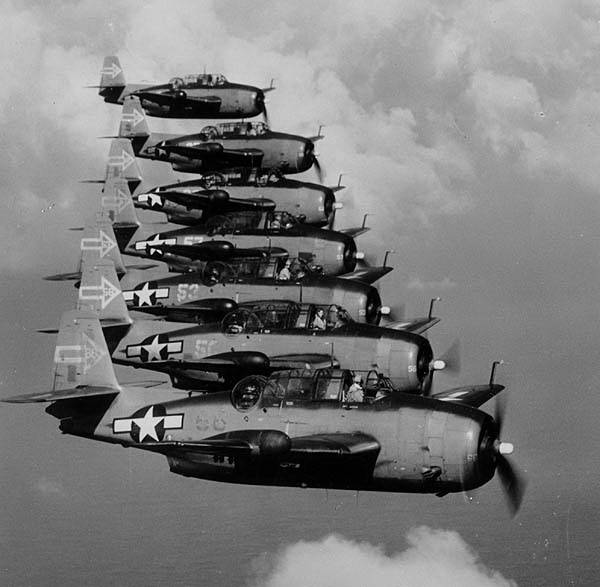
In flight, the seven TVM-3D Avenger torpedo bombers from the CV-6 Enterprise carrier, January 1945 (Photo by wikimedia.org)
The production of TVM-3, the main and most mass modification of the Avenger, was launched at the Eastern Aviation branch of the concern General Motors. Until October, 1945, about four thousand "Avengers" were built there.
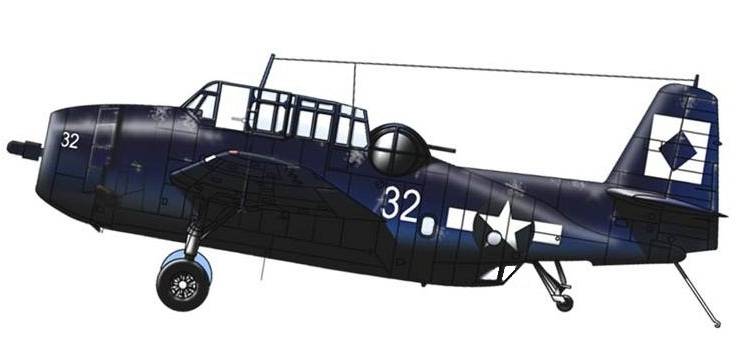
General Motors (Grumman) torpedo bomber TBM-3 Avenger (Fig. Wardrawings.be site)
Work to further improve the design of Avenger resulted in the creation of a lightweight modification of TBM-3, the production of which was started at the end of 1944. The lightweight TVM-3E (almost a ton) developed a higher maximum speed of 444 km per hour. The practical ceiling of the aircraft increased to 6585 m.
In flight, the torpedo bomber TBM-3 “Avenger”, airshow, Austria, June 2013 (Photo by aviationspotters.net)
The lower 7.62-mm machine gun was dismantled, since at the final stage of the fighting (with the conquest of practical superiority in the air) the need for it disappeared. The torpedo bomber received a more powerful 3-cm radar AN / APS-4 (installed under the right wing console). The detection range of the submarine deckhouse was up to 30 km, the merchant ship up to 55 km, and the coastline 140 km. Air targets were detected at a distance of 9 km.
TBM-3 "Avenger" at the air show in Wisconsin (USA) demonstrates the radar AN / APS-4 and the version of the suspended arms, July 2013 g. (Photo site www.airliners.net)
October 1944 of the year was a vivid episode of the Avenger combat career when the Japanese battleship Musashi was sunk as a result of a torpedo attack in October Leyte Gulf of October, which received nineteen hits.
TBM-3 "Avenger" in the conditions of strong excitement takes off from the deck of the aircraft carrier "Essex" (CV 9), 1944 g. (Photo site www.warbirdinformationexchange.org)
Over the next two days, the Avengers took an active part in sinking four Japanese aircraft carriers: Zuiho, Zuikaku, Chitose and Tiyoda. The total number of torpedo bombers involved in the Gulf operation was about 236 units.
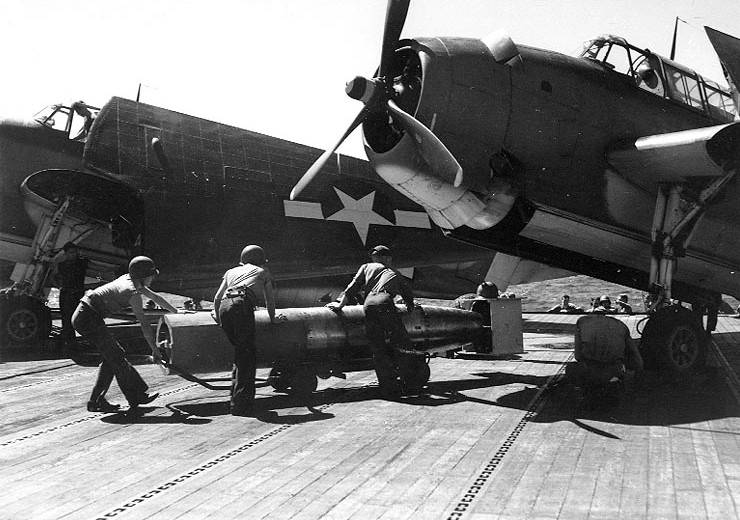
Suspension torpedoes of the Mk.13 on TVF-1С “Avenger” on the deck of the CVL-30 “San Jacinto” aircraft carrier, Leyte Gulf, 25 of October 1944 (Photo of www.ibiblio.org)
According to the results of combat use in World War II, the Grumman (General Motors) TBF / TBM Avenger torpedo bomber justified its expectations.
Quite a large number of "Avenger" survived to this day, not only as museum exhibits, but also flight-suitable samples, participating in various air shows in different parts of the world.
Grumman TBM-3 Avenger at the airport in Greece, 2012 (Photo by cdn.airplane-pictures.net)
Grumman TBM-3 Avenger at an air show in Austria, June 2013 (Photo by aviationspotters.net)
Grumman TBM-3 Avenger at an air show in Colorado, 2012 (Photo by www.madography.com)
References:
1. Shant K., Bishop. Aircraft carriers. The most formidable aircraft-carrying ships of the world and their aircraft: The Illustrated Encyclopedia / Per. from English / - M .: Omega, 2006.
2. Beshanov V.V. Encyclopedia of aircraft carriers / Under the general editorship of AE Taras - Moscow: AST, Minsk: Harvest, 2002 - (Library of military stories).
3. Polmar N. Aircraft carriers: In 2 volumes. T. 1 / Per. from English. A.G. Patients. - M .: AST Publishing House LLC, 2001. - (Military History Library).
4. Patients A.G. Aircraft carriers. Illustrated Encyclopedia - M.: Yauza: EKSMO, 2013.
5. Frederick Sherman. War in the Pacific. Aircraft carriers in battle - M .: AST Publishing House LLC, 1999. - (Military Historical Library).
6. Kudishin I.V. Carrier-based fighters of the Second World War - M .: Astrel Publishing House LLC: AST Publishing House LLC, 2001.
7. Kharuk A.I. Fighters of the Second World War. The most complete encyclopedia - M .: Yauza: EKSMO, 2012.
8. Kharuk A.I. Attack aircraft of the Second World War - attack aircraft, bombers, torpedo bombers - M .: Yauza: EKSMO, 2012.
9. English military aircraft of the Second World War / Ed. D. March; Per. from English. M.V. Konovalova / - M .: AST, 2002.
10. American aircraft of the Second World War (1939-1945) / Ed. D.Donald; Per. from English. S. Vinogradova and M. Konovalova - M .: Astrel Publishing House LLC: AST Publishing House LLC, 2002.
11. Ivanov S.V. Grumman Avenger. War in the air (Part 1-No. 98, Part 2 No. 99) - Beloretsk: ARS LLC, 2003.
12. Ivanov S.V. SB2C Helldiver. War in the air (No. 121) - Beloretsk: ARS LLC, 2004.
13. Ivanov S.V. SBD Dauntless. War in the air (No. 129) - Beloretsk: ARS LLC, 2005.
14. Doroshkevich O. Airplanes of Japan of the Second World War - Minsk: Harvest, 2004.
15. Kravchenko V.Ya. Fairy torpedo bomber "Baracuda" - Kharkiv: Acoustic Cooperative, 1992.
Internet resources:
http://www.airwar.ru;
http://pro-samolet.ru;
http://wp.scn.ru;
http://www.aviastar.org;
http://wardrawings.be/WW2;
http://www.airpages.ru;
http://www.airaces.ru.
Appendix:
Deck aircraft in World War II: from Taranto to Midway. Part I
http://topwar.ru/95921-palubnaya-aviaciya-vo-vtoroy-mirovoy-voyne-ot-taranto-do-midueya-chast-i.html
Deck aircraft in World War II: from Taranto to Midway. Part II
http://topwar.ru/95927-palubnaya-aviaciya-vo-vtoroy-mirovoy-voyne-ot-taranto-do-midueya-chast-ii.html
Deck aircraft in World War II: from Taranto to Midway. Part III
http://topwar.ru/95272-palubnaya-aviaciya-vo-vtoroy-mirovoy-voyne-ot-taranto-do-midueya-chast-iii.html
Deck aircraft in World War II: new aircraft. Part I
https://topwar.ru/96946-palubnaya-aviaciya-vo-vtoroy-mirovoy-voyne-novye-samolety-chast-i.html
Deck aircraft in World War II: new aircraft. Part II (a)
https://topwar.ru/96971-palubnaya-aviaciya-vo-vtoroy-mirovoy-voyne-novye-samolety-chast-iia.html
Deck aircraft in World War II: new aircraft. Part II (b)
https://topwar.ru/96972-palubnaya-aviaciya-vo-vtoroy-mirovoy-voyne-novye-samolety-chast-iib.html
Deck aircraft in World War II: new aircraft. Part III
https://topwar.ru/96975-palubnaya-aviaciya-vo-vtoroy-mirovoy-voyne-novye-samolety-chast-iii.html
Deck aircraft in World War II: new aircraft. Part IV
https://topwar.ru/97406-palubnaya-aviaciya-vo-vtoroy-mirovoy-voyne-novye-samolety-chast-iv.html
To be continued ...
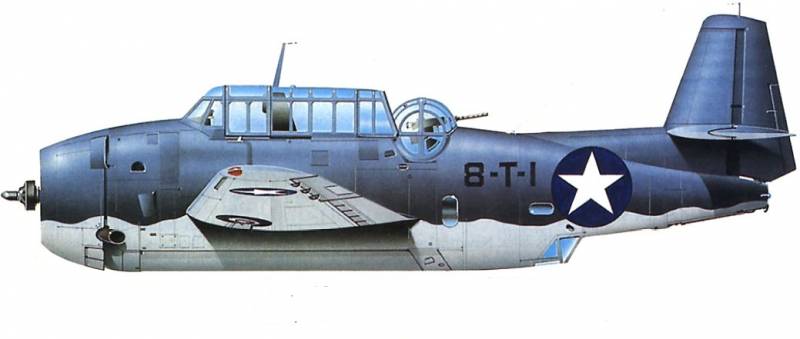
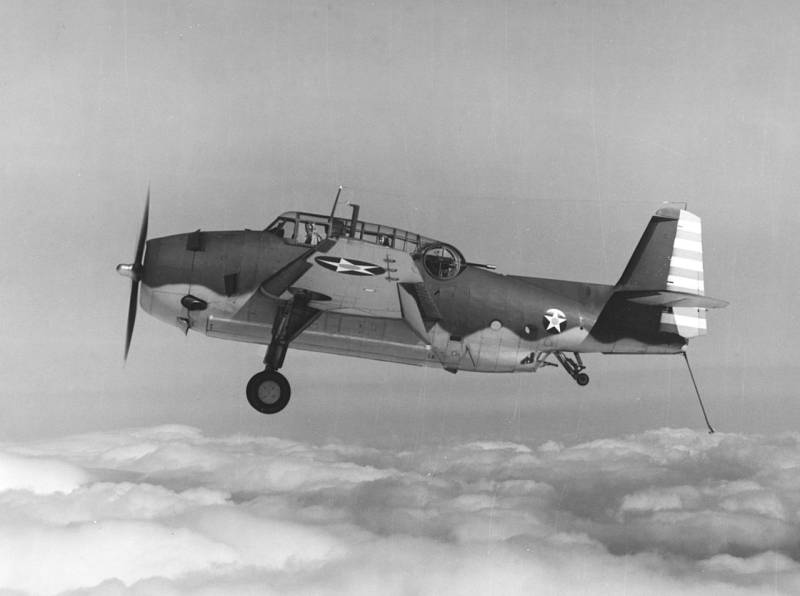
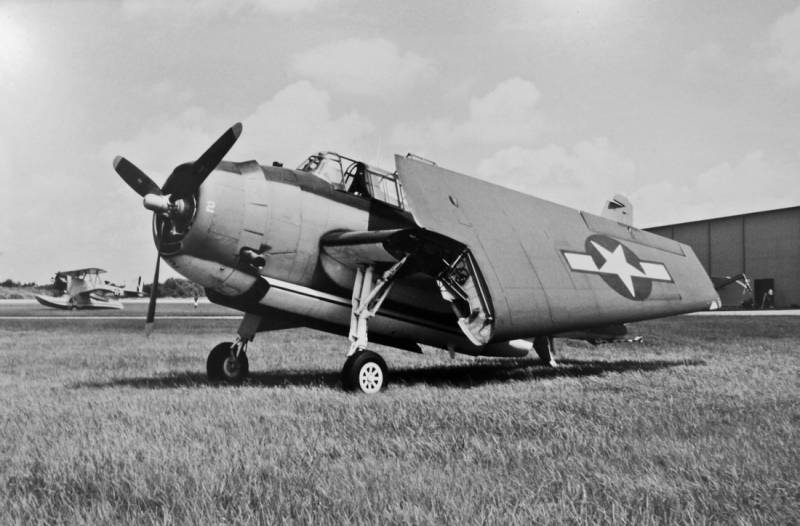
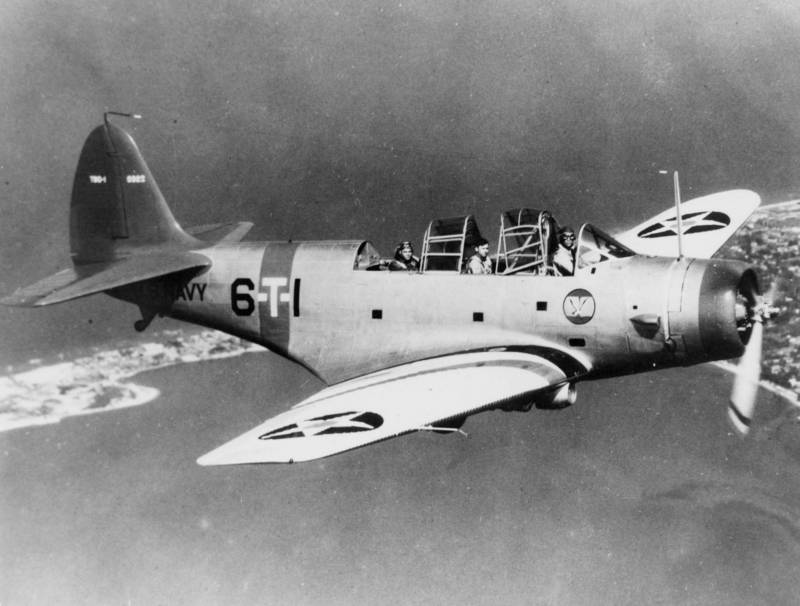
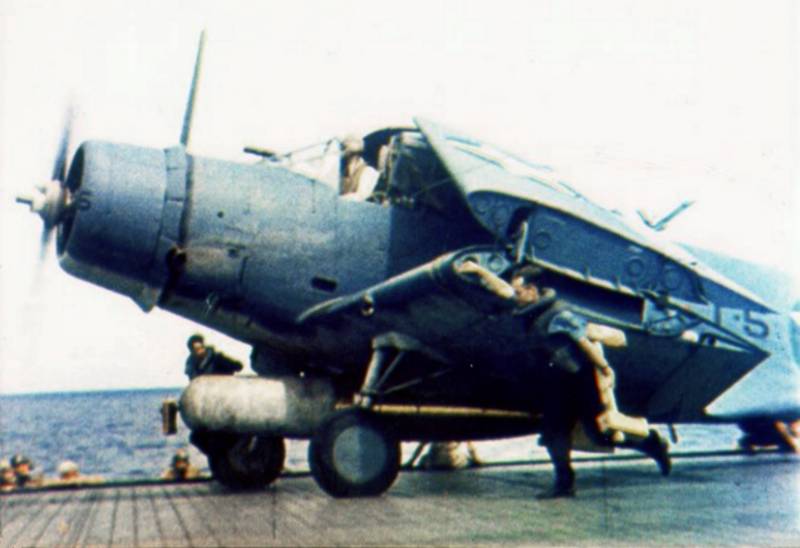
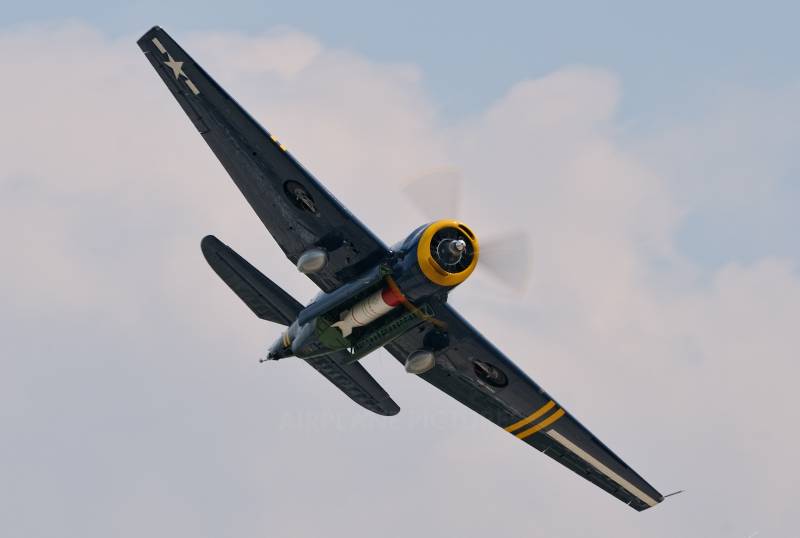
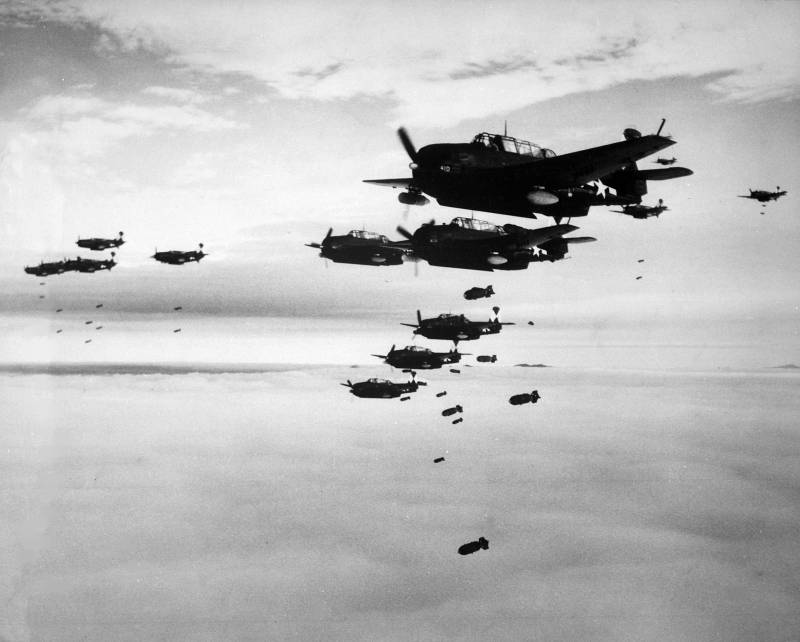
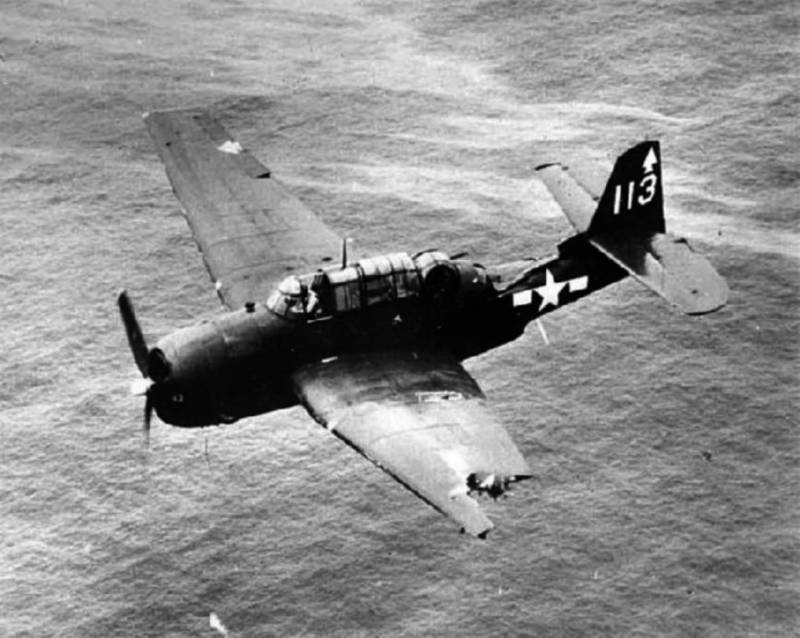
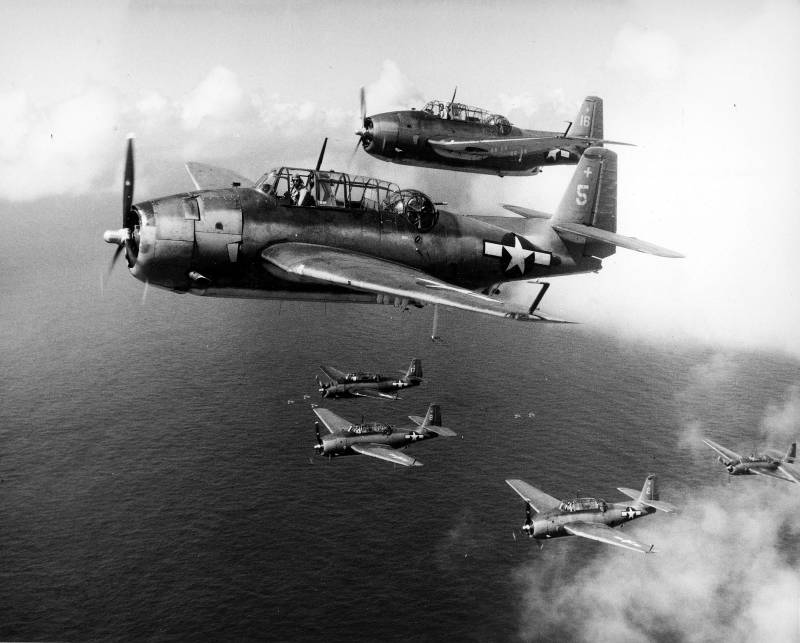
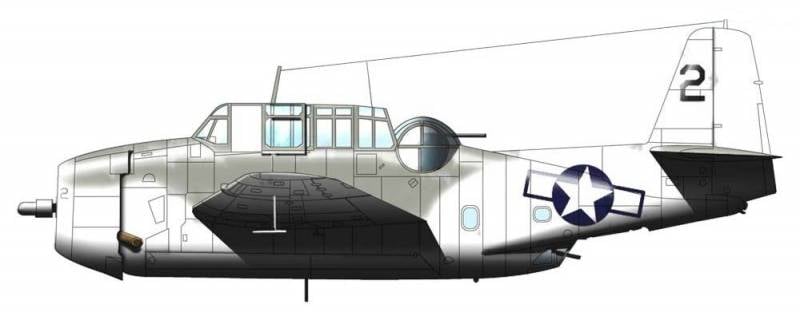
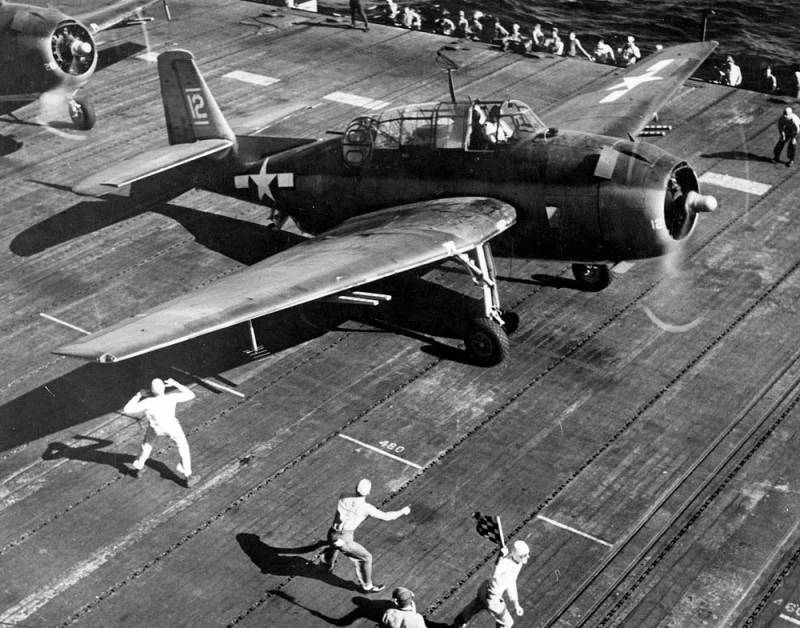
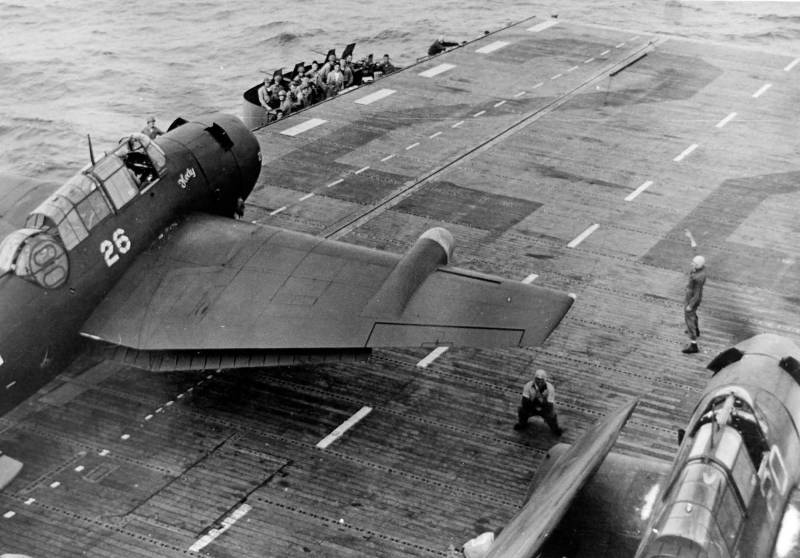
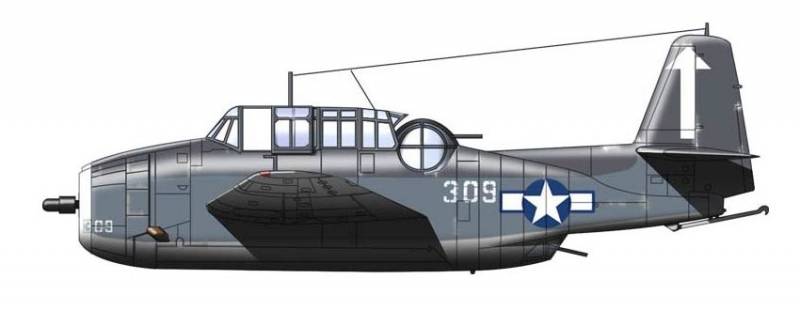
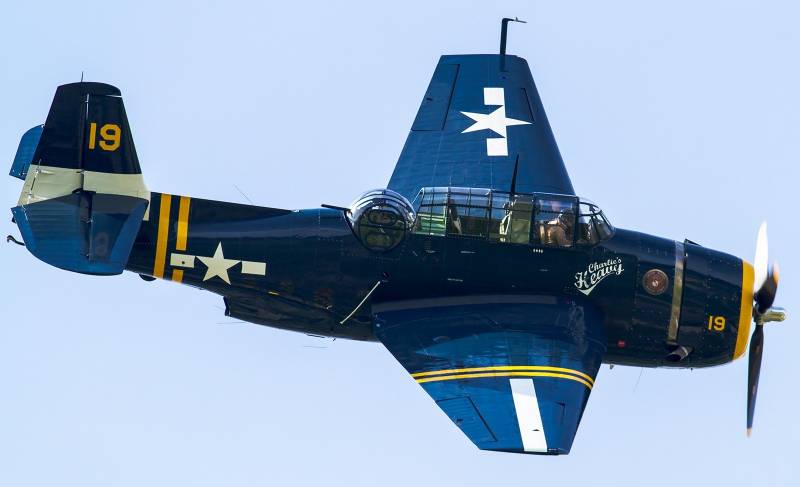
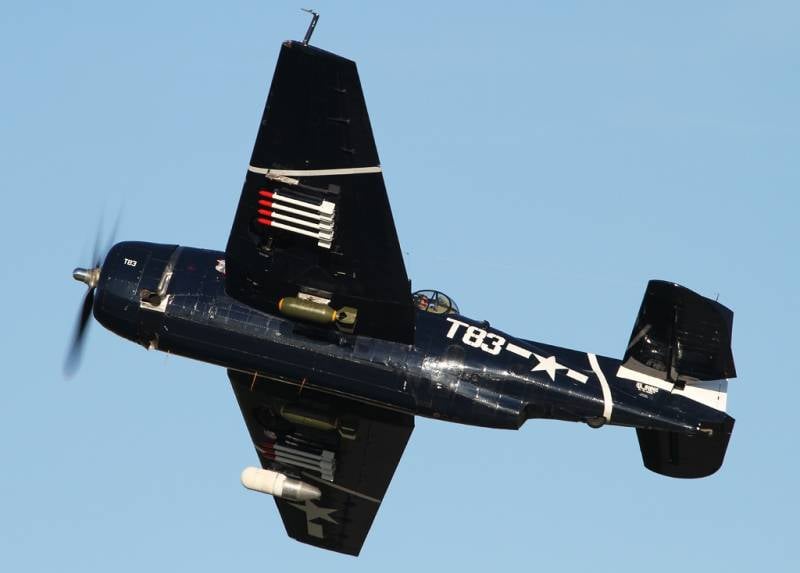
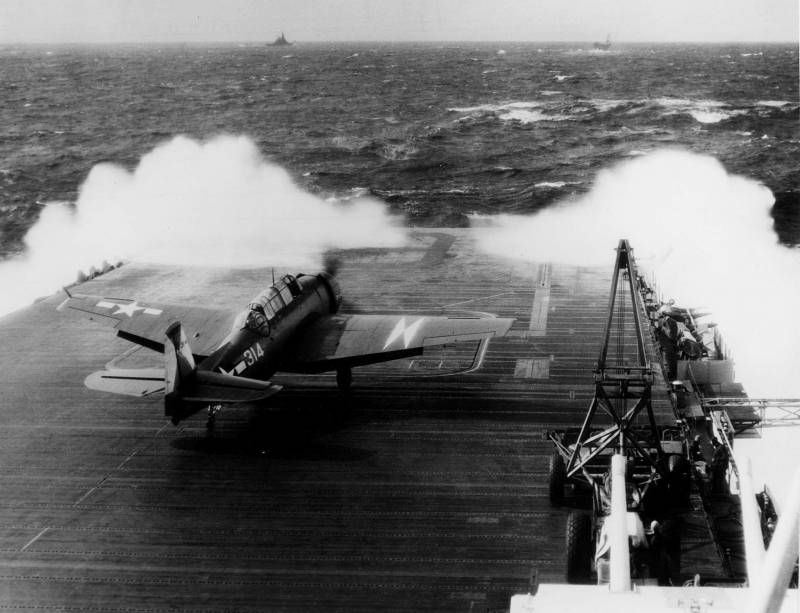
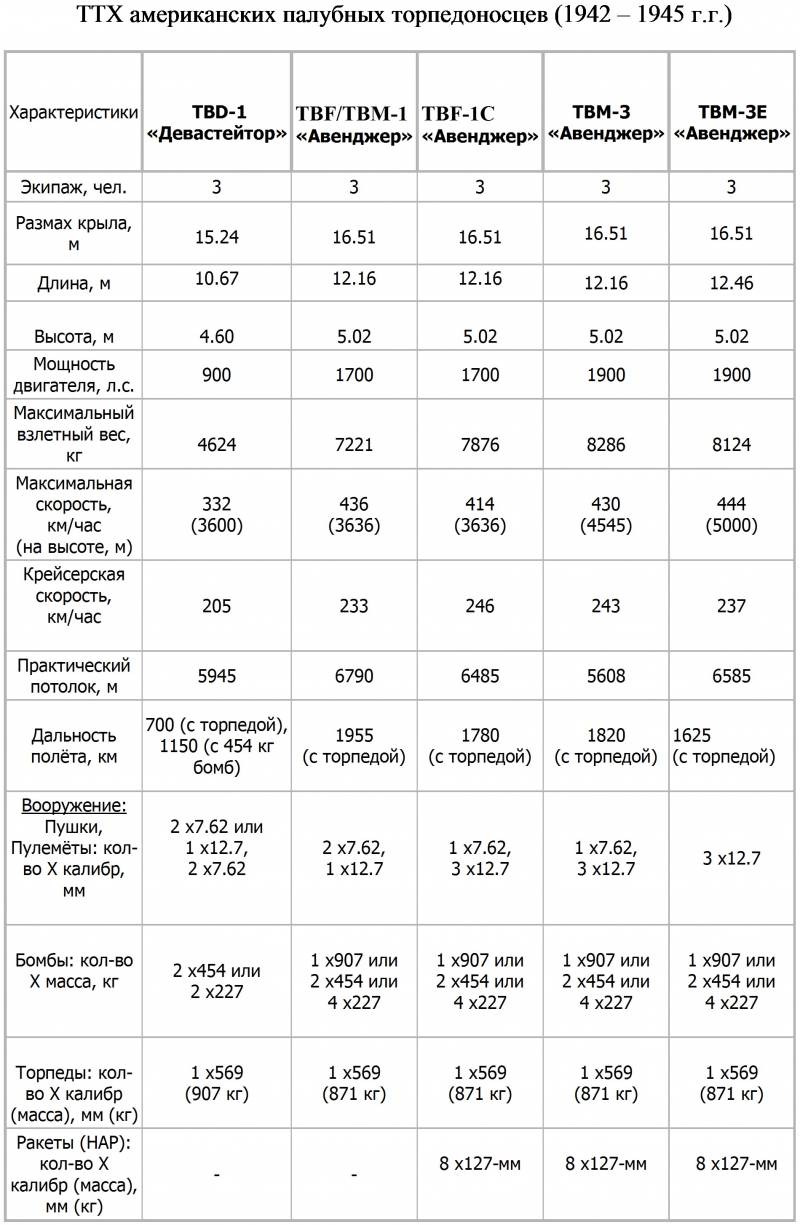
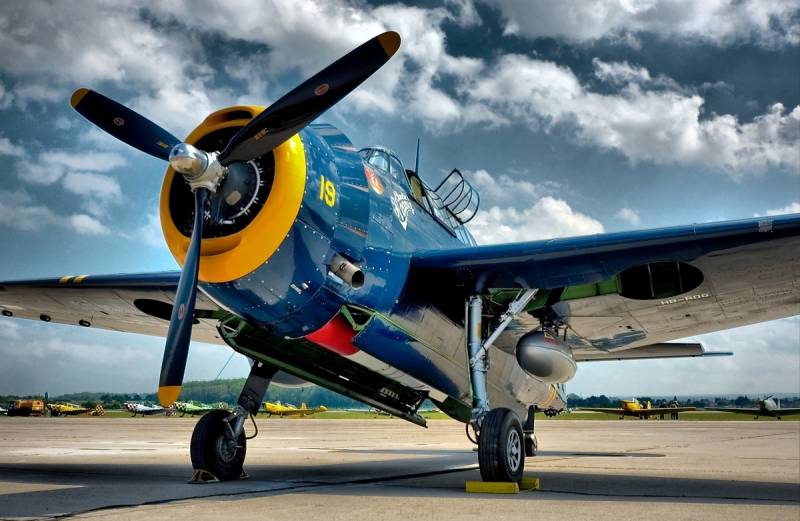
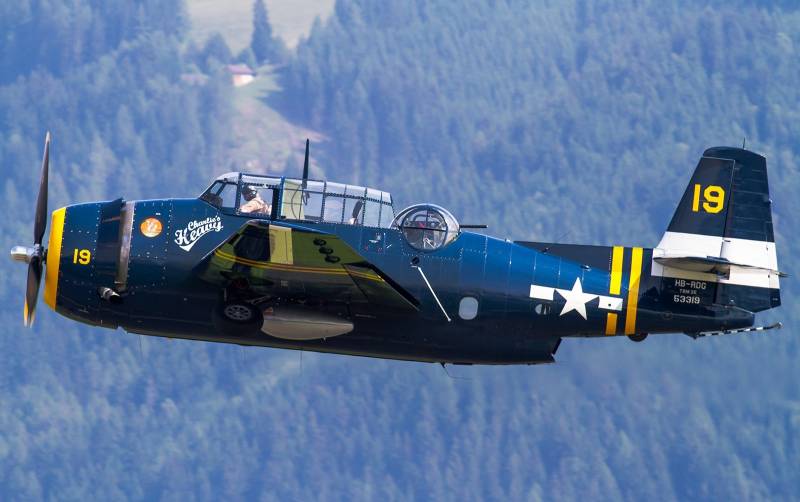
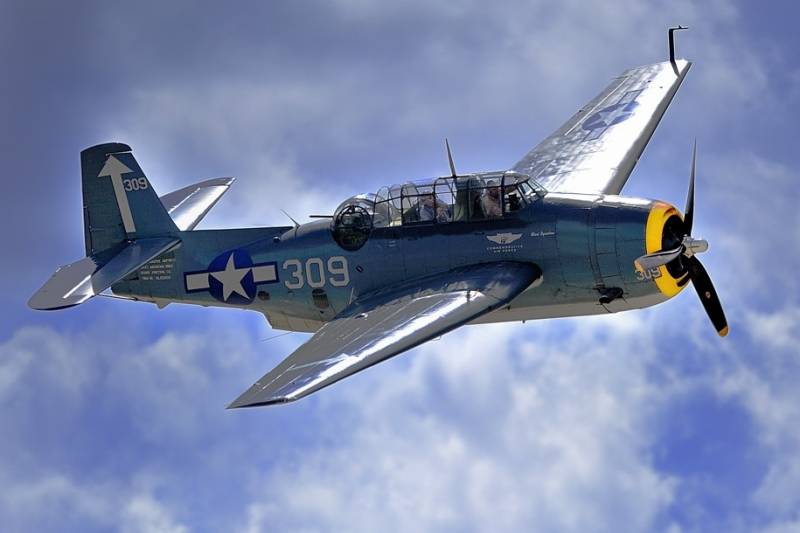
Information